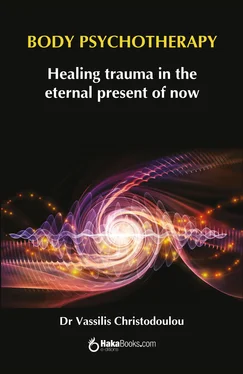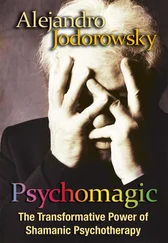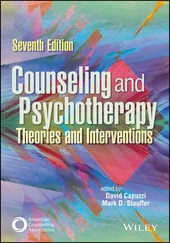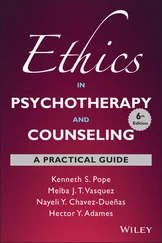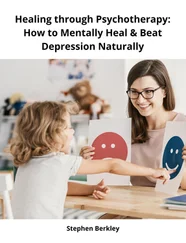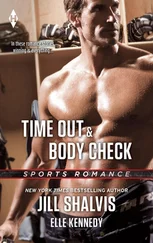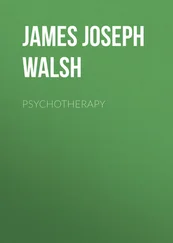1 ...6 7 8 10 11 12 ...16 Confidence and breathing
How can you develop, how can you embrace and enjoy life when it looks so inhospitable, so traumatised in the faces of your parents? By working with a patient’s breathing, we perform exercises that build confidence and improve the quality of life, we help the patient to tune back into the rhythm of life. Think of the way that we look a baby in the eyes and welcome it with a smile, a movement or a playful gesture. This gives the baby space, the ability to breathe deeply, and confidence in the adult, and through this channel – the adult themselves – confidence in life. Every breath of life emanates from a feeling of confidence, initially confidence in the parent and then, if deficiencies in the parent are taken on by the therapist and the therapeutic process, confidence – through the therapist – in life. The more deeply we breathe, the closer we are to attaining joy. Breathing is perhaps the most direct way of connecting with the universe and its energy. Restricted and shallow breathing indicates a limited use of the energy of the universe. The effects of this on our sexual energy, orgasmic ability and ability to enjoy life, as well as on our health and our ability to connect with others, are direct and obvious. We cannot mechanically impose a change in body posture or in breathing. Changes that have been imposed in this way, if not cancelled out during the course of the therapy – and not any kind of consultative process – will certainly leave their mark elsewhere. In our work we are concerned with the whole person, the person who is suffering, and when a person suffers it is always their whole being that suffers.
We are not concerned with ‘individual’ symptoms, with individual organs of the body. The body’s equilibrium does not consist merely in an equilibrium between the different organs of the body. The body is decidedly more than the sum of all its cells. And the way all these cells communicate with each other is wondrous. In our work we feel for and understand a person who, in the course of the therapy, displays the need to overcome the symptoms they are suffering from. We give that person support but we do not confine ourselves to, or allow our attention to focus only on the symptoms. The type of treatment we follow is not a symptomatic form of treatment. The symptoms, often to the surprise of the patient themselves, recede almost without our making any special mention of them.
| SIMPLE EXERCISES BUT A GREAT HELPDeep breathing from the stomach and the sound made by the expirations help the energy to flow in both directions, both upwards and downwards, although mainly downwards because breathing from the stomach functions as a constant form of internal massage that relaxes the diaphragm area. Gentle jumps, with the joints relaxed, and twists of the pelvis in both directions, with no pressure on the stomach and deep stomach breathing, help to release the energy and make it flow downwards. Lying face up on a mattress and pushing on the back of the neck and the feet to raise the pelvis and hit it against the mattress, can also activate the flow of energy. For the upper part of the body, simple exercises that include twisting of the shoulder, neck and throat joints, and gentle massaging with sound of the joints of the upper and lower jaws, can help energy to flow. |
An all-round balance
Individuals with blocked energy usually need support in order to relax. For this reason I would advise the therapist initially to use his back as a support. Once they feel the support, the patient can begin rotating the joints of their shoulder blades, using small movements and pressing their back gently against the support. Another type of support that strengthens the patient can be given when the patient is lying on their back on the floor: after raising the patient, the therapist can get underneath their back and support it, thus enabling the energy to flow. On an emotional level, at this point it is not unusual for the patient to burst out in sobs.
As we have seen, our main concern is achieving a balance. Just as we seek to achieve an energy balance between the upper and lower parts of the body, we should also seek to achieve a balance between the front and back of the body because if there is a surplus of energy at one point, there will be a deficiency elsewhere.
The front part of our body, which is used in the contact and relationships we have with other people, is a very sensitive part. For protection, it draws from the back of the body, where our willpower and strength are based. Thus, sometimes there is a large concentration of energy in the front of the body because of great pain and fragility. The opposite happens when the heart loses its energy as a result of a person’s efforts to protect themselves. In such cases, in which a person channels all their energy into protecting themselves, the heart loses its vital energy and dies – or, in the best of cases, we have a ‘warning’ heart attack.
We need our hearts; rather, we as human beings, in order to achieve balance in our lives, need a heart which is sensitive enough to allow us to communicate and connect with others and yet at the same time strong enough to enable us to pursue our goals. Therefore, we need a heart that is sensitive and receptive – and therefore vulnerable, because that is the only kind of heart that can enable us to draw close to other people – and at the same time strong and determined, a heart that can keep us steadily on course in the pursuit of our goals, of those things which are important to us. I have known people who, because they were incapable of finding a solution to their emotional problems, despite their wealth of professional qualifications and social or professional achievements, had their problems ‘solved’ for them when their heart collapsed. For some people, however strange it may seem to most of us, death is the only way out of what they have come to regard as an impasse in their lives. It is another, what I would call ‘silent’, form of suicide.
In relation to the heart, the hands are in a privileged position and have a special relationship with it. However full the heart might be, if the hands are not free to express its joy, if, in energy terms, they are not capable of touching and feeling the objects of its love, the heart can do nothing. How can the heart embrace another person without hands and arms?
Our hands are bridges that connect us with the outside world and help us to draw the things we love close to us. Our hands enable us to give what is in our heart to others. In energy terms, our hands are not connected merely with the opening of the throat as an energy centre, they are not connected merely with our breathing; they serve as wings for the heart, enabling us to fly, always through our connections with other people, in worlds which, by ourselves, we would never be able to approach. We feel a unity, we become one with the person we embrace – two individuals with ‘one’ big heart – when we are truly united by love.
Connecting heart to heart…
Often, when I work with individuals who feel lonely and disconnected, individuals who have never really experienced unconditional love, regardless of their own understanding of love – you cannot imagine how ingenious many patients are in their attempts to justify the deficits of love they are suffering from –, I hold their left hand in my left hand and, placing my right hand on their heart, I ask them, as a first step, to make contact with their heart. Through this holding of hands and contact with the heart, we effectively form a figure-8, which is the well-known symbol of infinity. In the process of making a connection, this infinity symbol becomes the circuit which unites the hearts. Do not be surprised if very often the patient tells you that they can see the flow of energy. The patient really can see it. They can see it flow from the therapist’s heart, first through the therapist’s left hand into their own hand, then through their shoulder down into their heart and then from there into the therapist’s right hand and back into his heart, where it began. It is an energy circuit with a yellow colour, a circuit of love that unites the hearts. Not all patients, particularly at the beginning, can feel their heart or any contact with it. If a patient has no sensation of their own heart, I ask them simply to feel my hand and tell me how it feels on their breastbone. Does it feel heavy? Does it feel as if it’s pressing down? Do they feel stifled by it? Do they find it irritating, even if they do not know why? Do they find it warm or cold? Are they unable to feel it at all? If my hand in some way feels heavy or irritating – here I try to obtain as much clear information as possible – I take it away and place their own hand on their heart. If they can bear it, I then put my hand on top of theirs and ask them to feel their heart. If the patient feels comfortable with my hand on their heart, a little later I ask them to place their hand on top of mine and tell me what they feel.
Читать дальше
